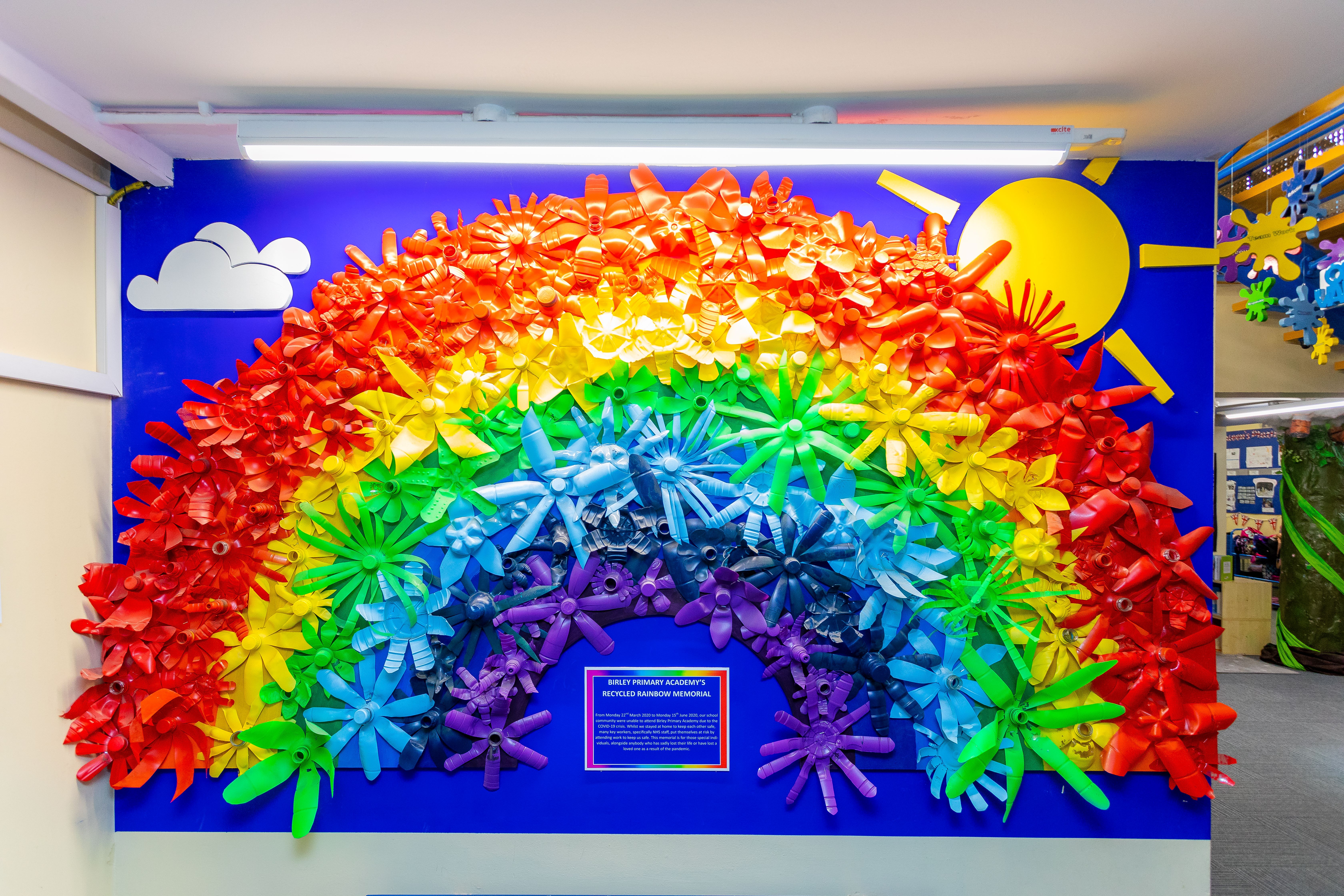
At Birley Primary Academy, the aim of our Art education is to give pupils the skills, concepts and knowledge necessary for them to express their responses to ideas and experiences in a visual or tactile form. It should fire their imagination and be a fundamental means of personal expression. While it is essentially a practical subject, art should provide opportunities for reflection and, with increasing sensitivity, pupils should acquire the ability to make informed and personal responses of their own work and that of others. There is great pleasure to be derived from Art learning and, through deeper understanding; pupils can gain access to cultural richness and diversity. The appreciation and enjoyment of the visual arts enriches all our lives. At Birley Primary Academy, we believe that the learning of Art provides a valuable educational, as well as social and cultural, experiences for children of all ages.
The overarching aim for Art in the National Curriculum is to promote high standards of creative work by equipping pupils with the techniques and materials to experiment with different kinds of art, craft and design. The National Curriculum for Art aims to ensure that all pupils:
Details about how Birley Primary Academy deliver our Art and Design Curriculum can be found in the information below:
At Birley Primary Academy, we have an extensive range of resources that support the teaching of our Art and Design curriculum. These include:
Links are made with other curriculum areas wherever possible and art skills and techniques are often taught with other themes in mind.
By the time children leave Birley Primary Academy, we want them to have developed a passion for art and creativity, working both independently and collaboratively. They will have grown in confidence when using a range of tools and techniques, becoming artists that can apply the skills and knowledge that they have developed throughout the years and respond critically to their own and other’s work.
Assessment of children’s learning in Art and Design is an ongoing monitoring of children’s understanding, knowledge and skills by the class teacher, throughout lessons. This assessment is then used to inform differentiation, support and challenge required by the children.
Summative assessments take place throughout the year and teachers record the progress and attainment against the National Curriculum expectations. Teachers use this information to inform future lessons; ensuring children are supported and challenged appropriately. Final end of year assessments are made using assessment criteria that has been developed in line with the National Curriculum. Thus identifying the level in which the child is working.
Art and Design is also monitored by the subject leader throughout the year in the form of book monitoring, looking at outcomes and pupil interviews to discuss their learning and understanding and establish the impact of the teaching taking place. Children in Foundation Stage are assessed within Expressive Arts and Design and their progress is tracked termly. Age related expectation levels are reported to parents at the end of the academic year.
We endeavour to ensure that the sequence of content enables our children to progress whilst they are with us whilst also providing our pupils with the necessary foundations to build upon as they progress into secondary education and beyond.
In our Art and Design curriculum, we promote British values in many different ways. Below, you will find examples of how we achieve this:
Further to this, our Art and Design curriculum is also driven by SMSC development and this can be exemplified in the following ways;